Sold without support
• Mumei (without signature)
• Name of the blacksmith: Most likely Nagamitsu
• Forging school: This blade has all the technical characteristics of the blades of the “Bizen Osafune Mitsutada” School - Location: Bizen Province
• Saber period classification: Koto blade
• Period: Most likely from the blacksmith Nagamitsu of the Eishō Era (1504-1521) - Sengoku Era
BLADE CHARACTERISTICS:
• Nagasa: 52.8 cm
• Sori: Height: 2.2 cm (very deep Sori for a Wakizashi) - Type: Torizori
• Mekugi-ana: Number: 1
• Nakago type: Standard – Futsu Gata - End (Nakago-jiri) type: Iriyama-gata- Yasurime (File strokes) type: Suji-chikai (File grooves at about 45°). UBU, original (Nakago unmodified, uncut).
• Mune type: Iori Mune
• Sugata type: Shinogi Zukuri - Blade specifics: Motohaba: Approx. 3cm, Motokasane: Approx. 0.7cm, Sakihaba: Approx. 2cm, Sakikasane: approximately 0.5cm
• No-hi (Without Groove)
• Jihada type: Ko-Mokume-Hada (Dense and Very very thin)
• Hamon type: Superb Choji, characteristic of the blades made by the first Sukehiro blacksmiths. This is an exceptional temper and characteristic of Bizen blades from the Koto period. Bizen blades from this period and especially those with a Choji temper are particularly sought after and have a very strong popularity among collectors. This is why it is quite difficult to find them at the Sale! • Kissaki type: Chu-kissaki
• Boshi type: Ko-Maru
• Steel type: Tamahagane
• Polishing: Average condition
• Condition and defects: The blade is in good condition with the presence of a blade impact on the Mune, traces of oxidation and some small forging defects (Kitae-Ware, usual on old blades) not prohibitive and some scratches due to the age of the blade.
KOSHIRAE:
Rare complete Koshirae from the Edo period.
• Tsuba: Theme: Type: Octagonal, in Sukashi (openwork), in iron
• Fuchi/Kashira: The Fuchi and the Kashira are in copper, black lacquered
• Habaki: In copper (in 1 part only) 2 Seppa in copper
• Tsuka: Very rare, in red and black lacquered wood, in good condition
• Saya: Good quality and in good condition. Black Lacquered
• Sageo: Black natural silk - Recent
INFORMATION ABOUT THE BLACKWORKING SCHOOL:
Mitsutada was a famous Japanese swordsmith of the mid-Kamakura period (1192-1333), who is considered the founder of the Osafune school. A school that flourished in the Bizen province. Osafune blades are renowned for their fine Jigane and intricate Hamon patterns, such as Chojiba (clove-shaped) and Kawazukochojiba (tadpole-shaped cloves).
The blades produced by Mitsutada and his successive students such as Nagamitsu, Sanenaga, and Kagemitsu were prized in ancient times and carried by famous generals and brave warriors. There are a significant number of historical facts and oral traditions related to this subject. The majority of blades were Mumei with Hamon in the Choji Midare style (as on this blade).




























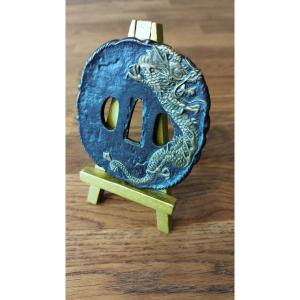




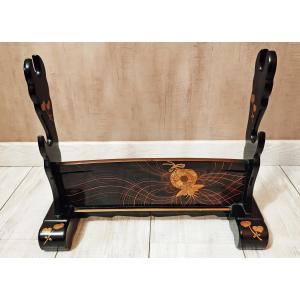
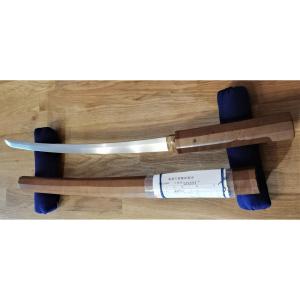





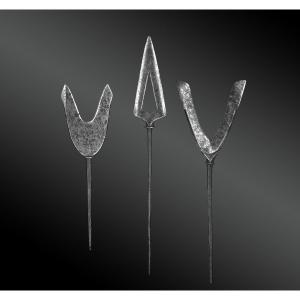
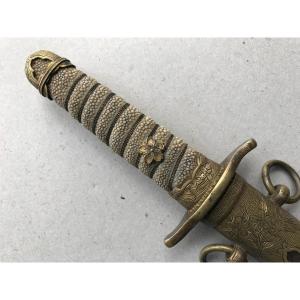




 Le Magazine de PROANTIC
Le Magazine de PROANTIC TRÉSORS Magazine
TRÉSORS Magazine Rivista Artiquariato
Rivista Artiquariato